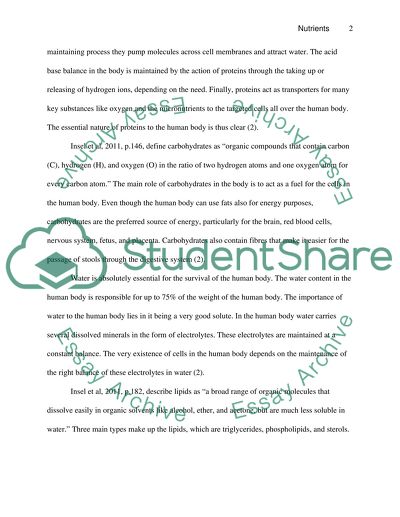Cite this document
(“Nutrition Essay Example | Topics and Well Written Essays - 750 words”, n.d.)
Retrieved from https://studentshare.org/biology/1433755-nutrition
Retrieved from https://studentshare.org/biology/1433755-nutrition
(Nutrition Essay Example | Topics and Well Written Essays - 750 Words)
https://studentshare.org/biology/1433755-nutrition.
https://studentshare.org/biology/1433755-nutrition.
“Nutrition Essay Example | Topics and Well Written Essays - 750 Words”, n.d. https://studentshare.org/biology/1433755-nutrition.


